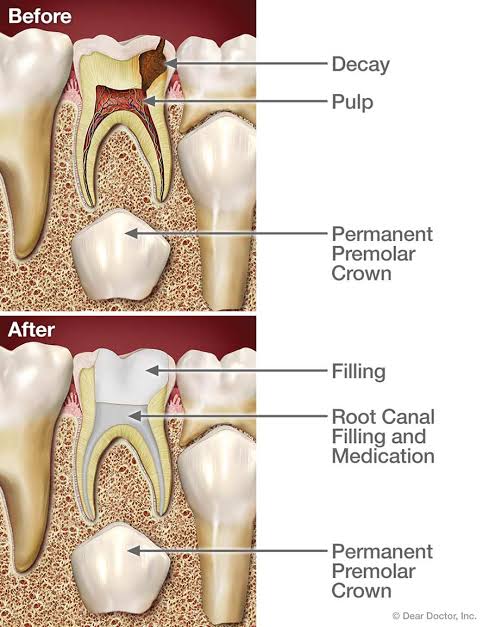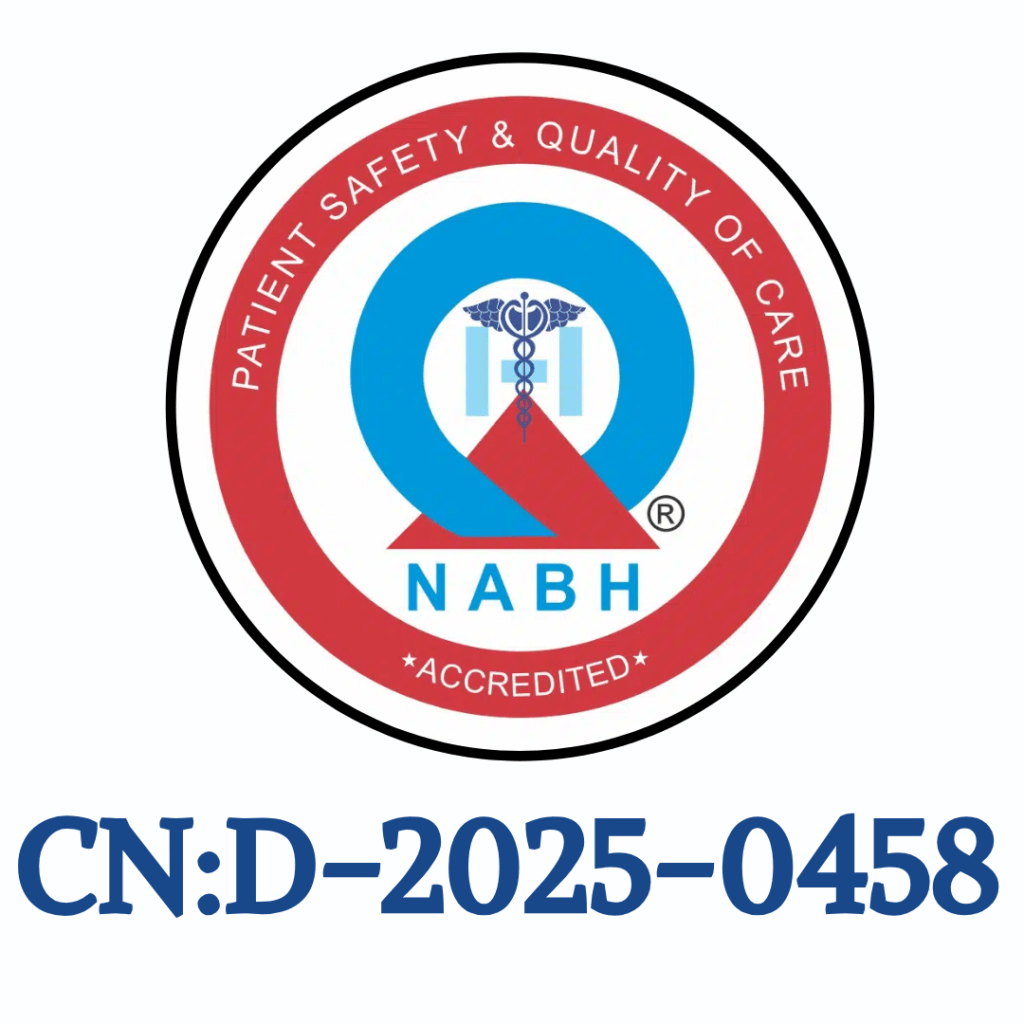WHAT IS A PULPECTOMY
When a child’s tooth is severely decayed or infected, a pulpectomy may be recommended by the dentist. This dental procedure is essential for maintaining oral health and relieving discomfort. Let’s delve into what exactly a pulpectomy entails and why it’s necessary for young smiles.
A pulpectomy is a dental procedure performed on a primary (baby) tooth when the pulp inside the tooth becomes infected or damaged. The pulp is the soft tissue containing nerves and blood vessels, and a pulpectomy involves removing this infected pulp to alleviate pain and prevent further complications.




| THE PULPECTOMY PROCEDURE
- Anesthesia: The dentist will numb the area around the affected tooth to ensure the child is comfortable throughout the procedure.
- Pulp Removal: The infected pulp is carefully removed from the tooth using special instruments.
- Cleaning and Disinfection: The inside of the tooth is cleaned and disinfected to remove any remaining bacteria.
- Filling and Sealing: The space left by the removed pulp is filled with a biocompatible material and sealed to prevent reinfection.
- Restoration: In some cases, a crown or filling may be placed on the tooth to restore its shape and function.
| BEFORE TREATMENT:
Before undergoing a pulpectomy, a child may experience significant tooth pain, swelling, and sensitivity to hot and cold temperatures. This discomfort can disrupt daily activities and impact the child’s overall well-being.
| AFTER TREATMENT:
Following a pulpectomy, the child experiences relief from tooth pain and discomfort as the infected pulp is removed. The treated tooth is preserved, allowing the child to eat, speak, and smile comfortably. With proper care, the tooth can remain functional until the permanent tooth erupts.
| CONCLUSION:
A pulpectomy may sound intimidating, but it’s a routine procedure that can provide much-needed relief for children suffering from tooth infections. By understanding the process and its importance, parents can feel confident in seeking the necessary dental care to ensure their child’s oral health and overall well-being.
FAQ
Most frequent questions and answers
A pulpectomy involves complete removal of the pulp tissue, while a root canal typically involves cleaning and shaping the root canal system without complete removal of the pulp.
Your dentist will use local anesthesia to numb the area, so you shouldn’t feel pain during the procedure.
The duration of a pulpectomy can vary depending on the complexity of the tooth’s anatomy and the extent of infection, but it typically takes one or two appointments.
After a pulpectomy, your dentist will usually place a temporary filling or crown to protect the tooth. You may need to return for a permanent restoration later.
While pulpectomy is a generally safe procedure, there may be risks such as infection, incomplete removal of the pulp, or damage to surrounding structures. Before the procedure, your dentist will talk to you about these risks.


